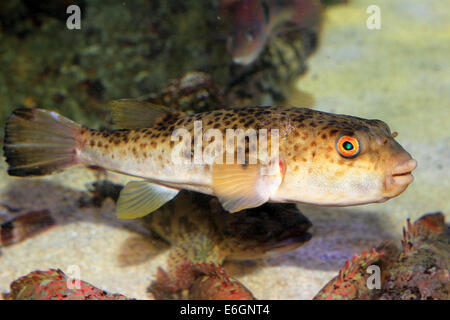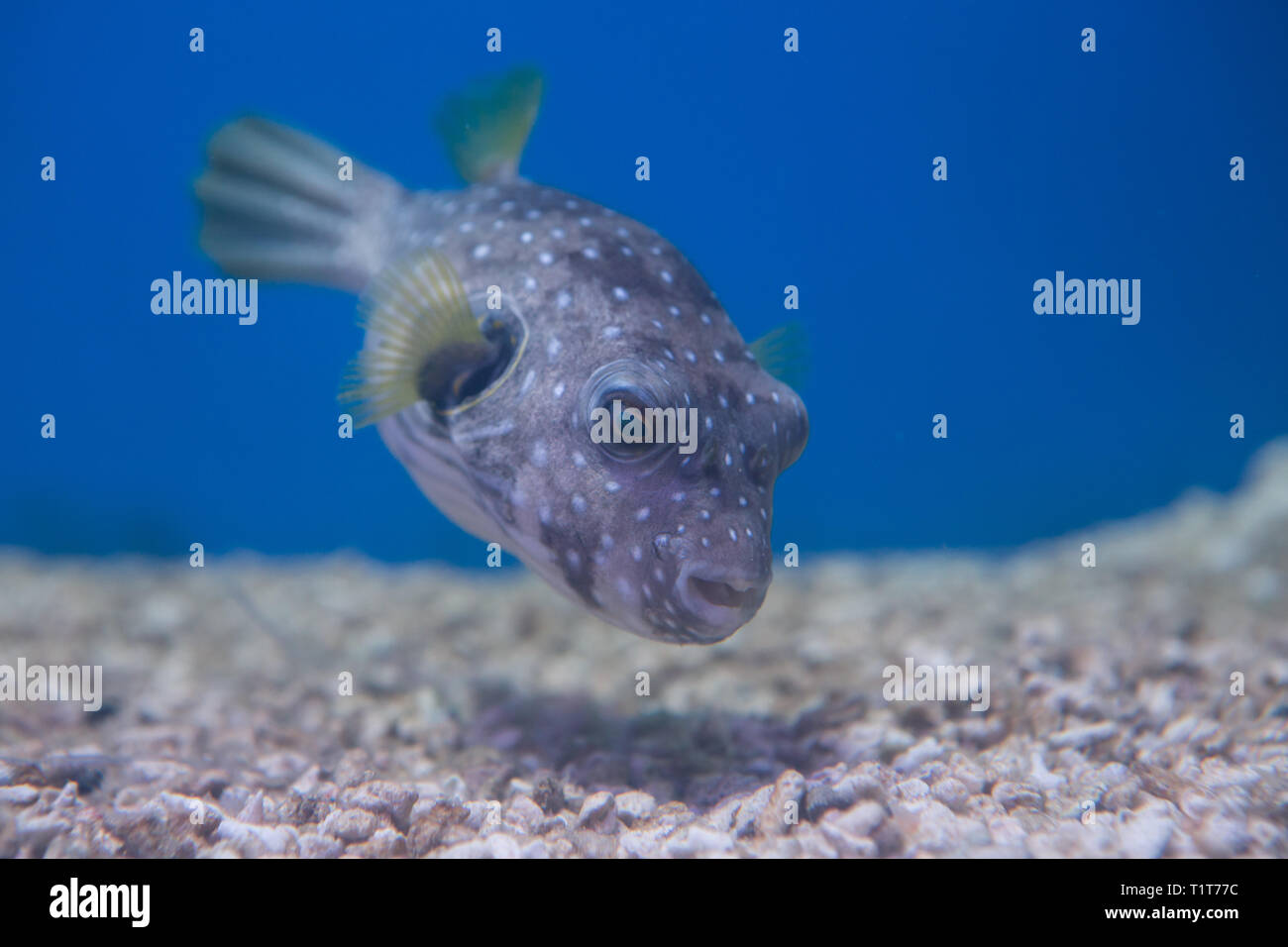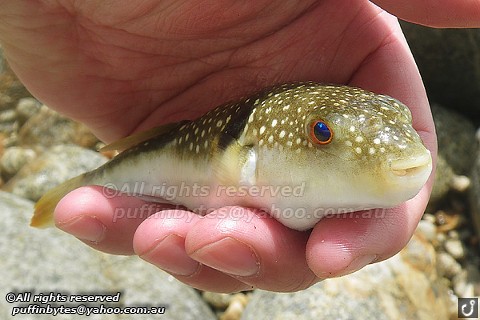

Serum levels of proteases were significantly lower in the low-temperature groups (13☌ and 8☌) compared with the control group (18☌), while arginine and proline levels were significantly higher in the 8☌ group compared with the other two groups. Most genes in the pathways related to digestion and metabolism were down-regulated, while most genes in the pathways related to environmental adaptation were up-regulated. Pathway analysis showed that significantly enriched pathways were mainly related to digestion, metabolism, and environmental adaptation.

Totals of 51, 942, and 195 differentially expressed genes were identified in the 18☌ vs 13☌, 18☌ vs 8☌, and 13☌ vs 8☌ groups, respectively. We also detected serum levels of proteases, arginine, and proline to obtain further information on the response to cold adaption. In this study, we performed transcriptome analysis of livers from puffer fish kept at different temperatures (18☌, 13☌, and 8☌) to identify the key pathways and genes involved in the response to low-temperature stress. Understanding the mechanisms of cold resistance in tiger puffers will thus provide critical information to help cope with winter cold. However, it is a warm-temperature species, and low winter temperatures can result in high mortality in aquaculture. The tiger puffer ( Takifugu rubripes) is an important economic fish species in northern China. 4College of Fisheries and Life Science, Shanghai Ocean University, Ministry of Education, Shanghai, China.

3College of Fisheries and Life Science, Dalian Ocean University, Dalian, China.2Laboratory for Marine Biology and Biotechnology, Pilot National Laboratory for Marine Science and Technology (Qingdao), Qingdao, China.1Yellow Sea Fisheries Research Institute, Chinese Academy of Fishery Sciences, Qingdao, China.Zhifeng Liu 1,2†, Liguang Zhu 1,2,3†, Xinan Wang 1,2, Shiying Liu 1,2, Aijun Ma 1,2*, Haowen Chang 1,2,4, Zhibin Sun 1,2, Fei Xu 1,2 and Haichi Zhao 1,2,4


 0 kommentar(er)
0 kommentar(er)
